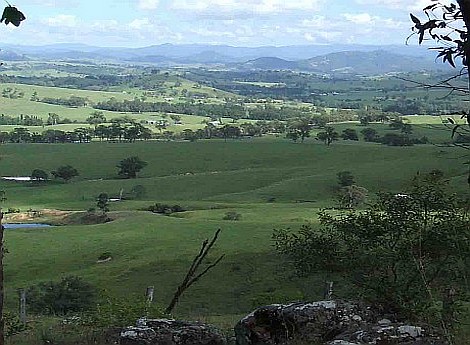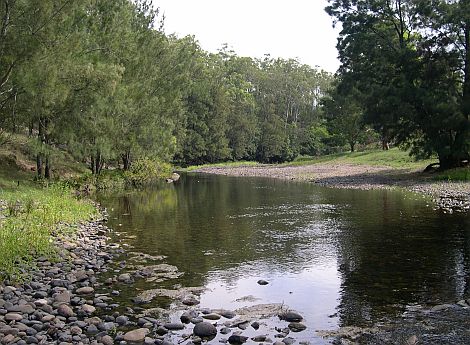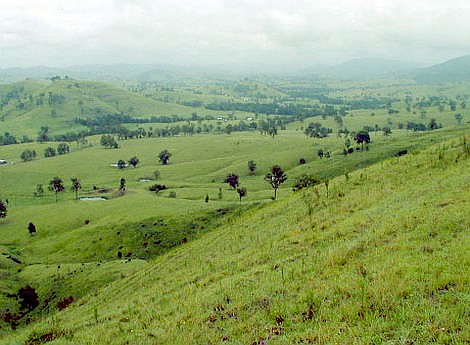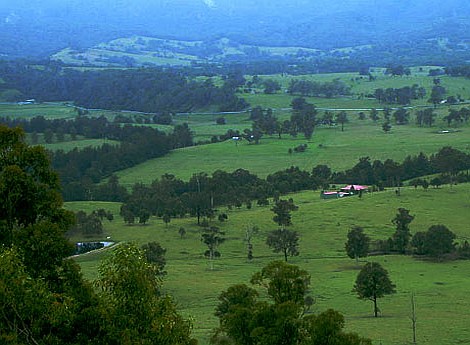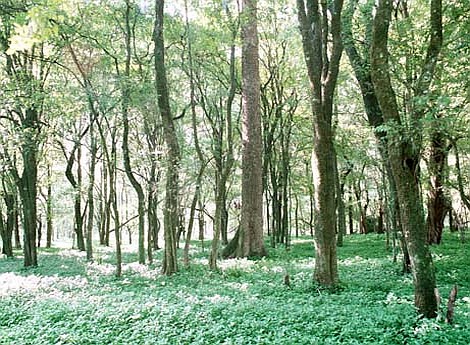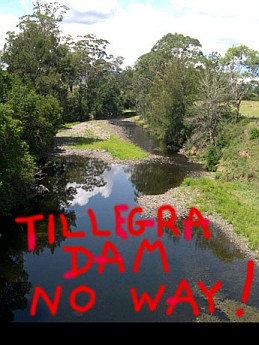Thirteen ways dams damage rivers
1. Dams Reduce River Levels.
By diverting water, dams remove water needed for healthy in-stream ecosystems. Stretches below (irrigation) dams can be often completely de-watered in dry seasons.
2. Dams Block Rivers.
All dams prevent the flow of plants and nutrients, impede the migration of fish, eels and other wildlife, and block recreation use. Fish passage structures can enable a percentage of fish of some species to pass around a dam.
3. Dams Slow Rivers.
Some fish species depend on steady flows to flush them downriver early in their life and guide them up upstream years later, or simply for keeping parasites and diseases healthily flushed away.
4. Dams Alter Water Temperatures.
By slowing water flow, most dams increase water temperatures. Other dams decrease temperatures by releasing cooled water from the reservoir bottom. Fish and other species such as mussels are sensitive to these temperatures irregularities, which often can destroy native populations.
5. Dams Alter Timing of Flows.
Irregular releases destroy natural seasonal flow variations that trigger natural growth and reproduction cycles in many species. Reduction of the aquatic fauna reduces the feed supply for other species.
6. Dams Fluctuate Reservoir Levels.
Changes in reservoir water levels create dust storms and disturb fisheries, waterfowl and bottom-dwelling organisms.
7. Dams Decrease Oxygen Levels in Reservoir Waters.
When oxygen-deprived water is released from behind the dam, it kills fish downstream.
8. Dams Hold Back Silt, Debris and Nutrients.
By slowing flows, dams allow silt to collect on river bottoms and bury fish spawning habitat. Silt trapped above dams, accumulates heavy metals and other pollutants. The river bed rises as the silt keeps building-up, increasing the vulnerability to riverside communities and as well choke / block rivers and creeks of the reservoir tributaries. The storage capacity of the reservoir reduces as sediment levels build up. Gravel, logs and other debris are also trapped behind dams, eliminating their use downstream as food and habitat. Further, and quite significantly these stagnant reservoirs are havens for algal blooms, including the toxic blue-green algae – 75% of Warragamba dam is now covered in algae.
9. Construction of Levees (floodbanks) Provide a False Sense of Security.
Levees cause more damage than good. Riverbeds keep rising due to sediment deposition and during a large flood, inevitably the levees are breached and the flood hazard is then tremendous. In addition the levees prevent the river when in flood, from using its natural floodplain. In some cases, pumps are installed behind flood banks to pump water that is trapped in behind. When the pump(s), fail, the flooding is just as bad as if there is no bank(s).
10. Flushing is Harmful both at the Reservoir and Downstream.
When flushing occurs, it causes dramatic changes in the reservoir water levels which degrades the shorelines, disturb fisheries while that below the dam, the fine silt is highly damaging to pumps, while the silt blankets the river bed, smothering the gravel areas where natural algae and insects grow, and where fish feed. Further, flushing only works when the silt is fresh and recent and able to be moved, before it settles and hardens.
11. Dam Turbines Cut up Fish.
Fish following currents downstream, are drawn into and cut up by the power turbines. When fish are trucked or barged around dams, they experience increased stress, disease and decrease their homing instincts.
12. Dams Increase Predator Risk.
Warm top water of murky reservoirs often favour predators of naturally occurring species. In addition, passage through fish ladders or through turbines that injure or stun fish, eels, making then easy prey for flying predators like gulls, herons and shags.
13. The Effect of Faulty Design Dam Problems.
When dams are not designed to handle extreme flood events; the floodwater is discharged over the dam structure that can be quite destructive to the dam structure and to the riverbanks just below the dam. There is also for the possibility that the dam could collapse, causing a tremendous amount to burst through destroying all in its path.
(Adapted from an article by John Douglas on the Alexandra District Flood Action Society website)

